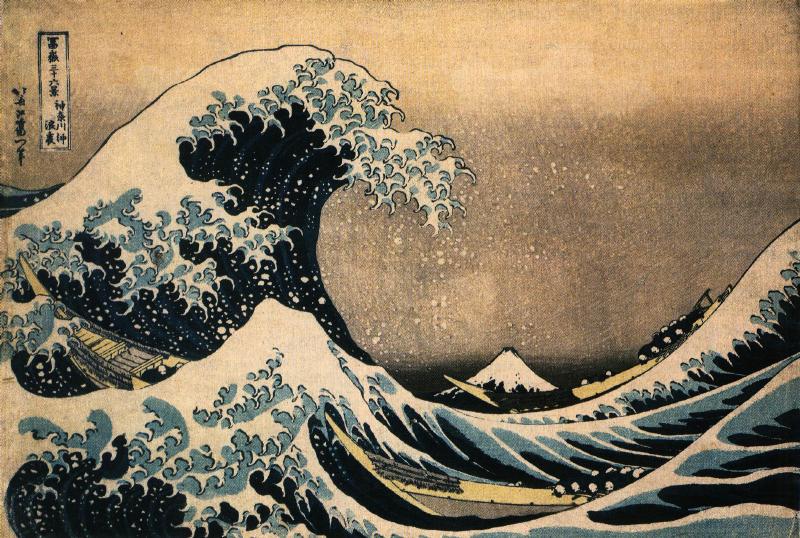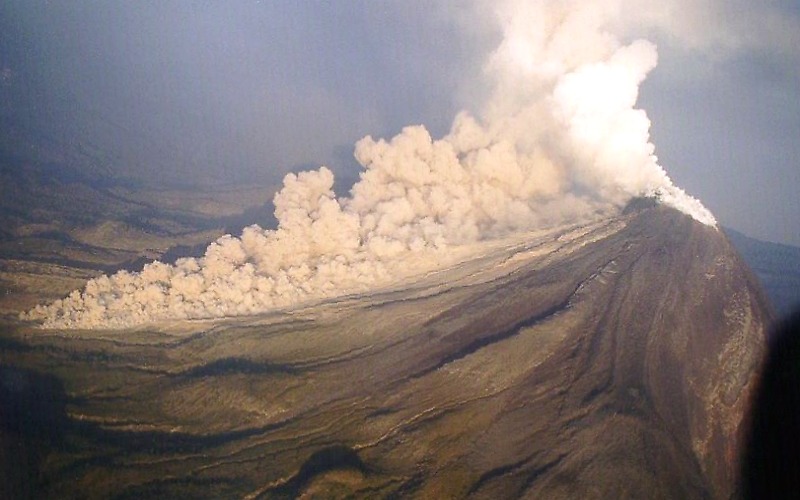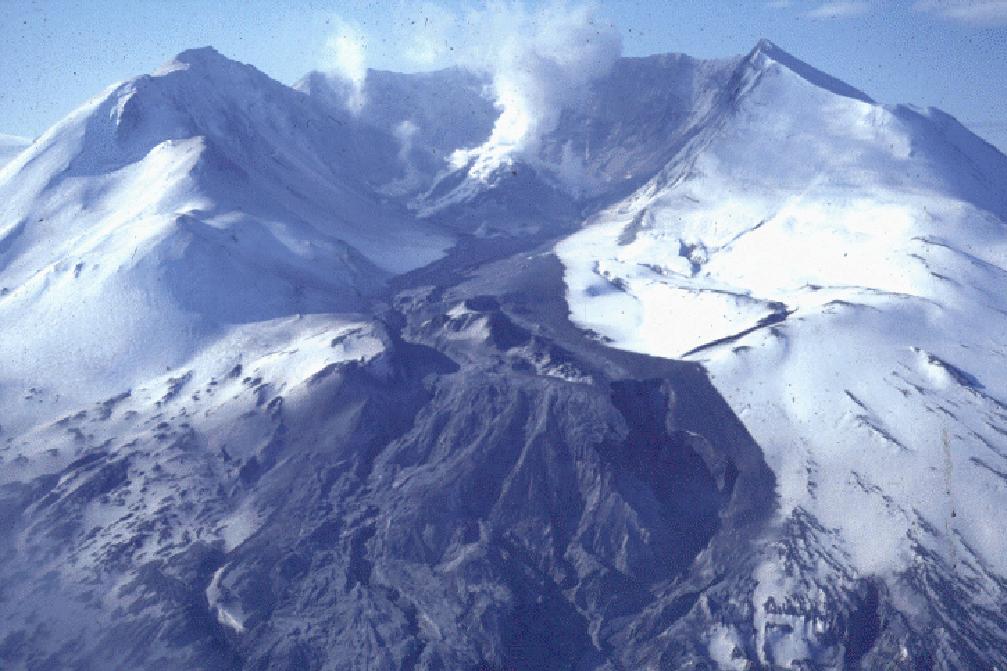Collaborative Research Group on
Complex Geophysical Fluid Dynamics
 |
Leaders |
| Matthew Alford Applied Physics Laboratory, University of Washington |
| Neil Balmforth Departments of Mathematics and Earth & Ocean Science, University of British Columbia |
| Jody Klymak School of Earth & Ocean Sciences, University of Victoria |
| Mark Jellinek Department of Earth & Ocean Science, University of British Columbia |
| Paul Milewski Department of Mathematics, University of Wisconsin |
| Dave Muraki Department of Mathematics, Simon Fraser University |
| Christian Schoof Department of Earth and Ocean Sciences, University of British Columbia |
| Bruce Sutherland Department of Mathematics, University of Alberta |
| |
|
The primary focus of the proposed CRG is the mathematical modelling of complex and classical geophysical fluid dynamics. The dynamics of complex geophysical fluids is a key element in the mechanics of many geological phenomena such as volcanic eruptions, the slides of mud and rock, and snow avalanches. Understanding the behaviour of such fluids is important for identifying associated hazards to humans as well as for establishing economic resource potential. For example, choices for off-shore oil drilling sites are determined largely by the deposition of biological material carried by submarine avalanches, known as turbidites. The way in which such geological fluids arise and evolve is generally poorly understood both from the mathematical and physical perspective, and a comprehensive theoretical framework must draw from fundamental principles of fluid and solid mechanics. Surface waves on the ocean pose natural hazard in extreme circumstances, as illustrated by the December 2004 tsunami and the possibility that rogue waves might sink ships and flood off-shore oil-drilling platforms. On small scales, recent numerical, asymptotic, and rigorous mathematical results have shown the existence of three-dimensional localised gravity-capillary waves in deep water. Similar to surface waves, internal waves move due to buoyancy forces but can propagate vertically within a fluid whose effective density decreases with height. These waves redistribute energy and momentum in the atmosphere and ocean, contributing to the circulation patterns and weather around the globe. Both the problems of complex fluids and of waves demand an interdisciplinary approach that brings together experts from mathematics, physics and geophysics. In particular, in current studies of many classes of problems involving complex geological fluids and waves, the number, variety and complexity of observational data collected are rapidly increasing. Understanding of such diverse and rich data continually demands broad collaborations among geoscientists, experimental fluid dynamicists and theoreticians. In particular, the solution of many such problems now requires the development of new mathematical tools and algorithms ranging from computational methods and statistics to formal mathematics and asymptotics. We plan to split up the period of the CRG into themes.
Weekend workshops: Complex Geophysical Gravity Currents Workshop
|
| |

